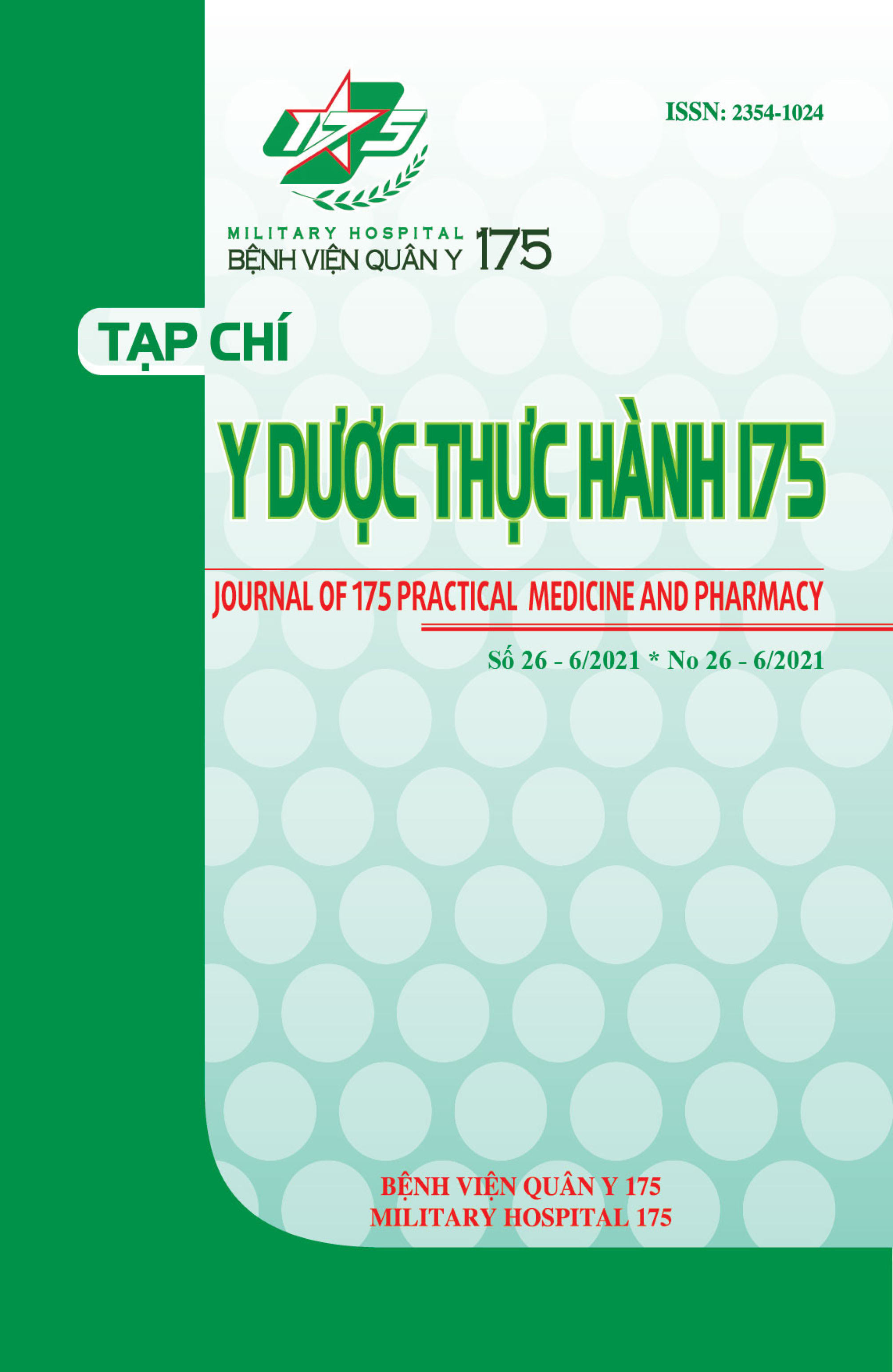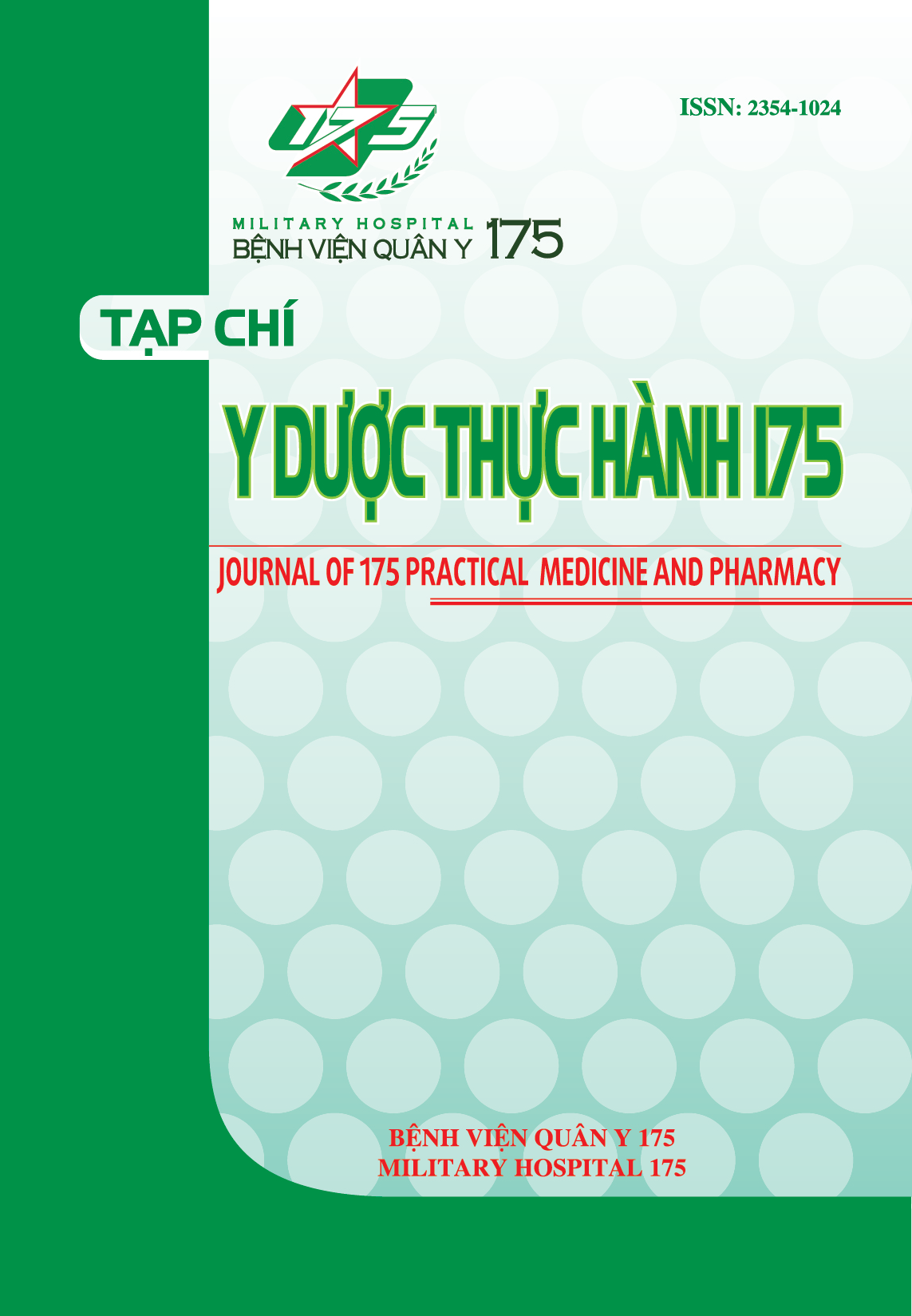TIẾP CẬN CHẨN ĐOÁN VÀ CHIẾN LƯỢC ĐIỀU TRỊ BỆNH NHÂN TRẦM CẢM KHÁNG TRỊ
Các tác giả
Từ khóa:
rối loạn trầm cảm chủ yếu, trầm cảm kháng trị, liệu pháp hóa dược, liệu pháp gây co giật bằng điện, liệu pháp kích thích từ xuyên sọ, liệu pháp kích thích não sâuTài liệu tham khảo
Cao Tiến Đức, Bùi Quang Huy, Nguyễn Văn Ngân và cs (2016), “Giáo trình bệnh học Tâm thần”, Nhà xuất bản Quân đội nhân dân, 285-238
Sadock B. J., Sadock V. A., Ruiz P. et al (2015), “Mood disorder”, Kaplan and Sadock’s Synopsis of psychiatry, eleventh edition, Williams and Wilkins, 331-361.
Taylor D. M., Barnes T. R. E., Young A. H. et al, (2018), “The Mausley Prescribing Guidelines in Psychiatry thirteenth edition” Wiley Blackwell, 267- 277
Rush A. J., Trivedi M. H., Wisniewski S. R., et al. (2006), “Acute and longer-term outcomes in depressed outpatients requiring one or several treatment steps: a STAR*D report”, Am J Psychiatry, 163(11):1905–1917
Voineskos D., Daskalakis Z. J., Blumberger D.M. (2020), “Management of Treatment-Resistant Depression: Challenges and Strategies”, Neuropsychiatr Dis Treat, 16: 221–234.
Thase M. E., Rush A. J., Howland R. H., et al. (2002), “Double-blind switch study of imipramine or sertraline treatment of antidepressant-resistant chronic depression”. Arch Gen Psychiatry, 59(3):233–239.
Shelton R. C., Tollefson G. D., Tohen M., et al (2001), “A novel augmentation strategy for treating resistant major depression”, Am J Psychiatry, 158(1):131–134.
El-Khalili N., Joyce M., Atkinson .S, et al (2010), Extended-release quetiapine fumarate (quetiapine XR) as adjunctive therapy in major depressive disorder (MDD) in patients with an inadequate response to ongoing antidepressant treatment: a multicentre, randomized, double-blind, placebo-controlled study” Int J Neuropsychopharmacol, 13(7):917–932
Berlim M.T., Van den E. F., Tovar-Perdomo S., et al (2014), “Response, remission and drop-out rates following high-frequency repetitive transcranial magnetic stimulation (rTMS) for treating major depression: a systematic review and meta-analysis of randomized, double-blind and sham-controlled trials”, Psychol Med, 44(2):225––39
Carhart-Harris R. L., Bolstridge M., Rucker J., et al (2016), “Psilocybin with psychological support for treatment-resistant depression: an open-label feasibility study”, Lancet Psychiatry, 3(7):619–627.
Tải xuống
Tải xuống: 86










